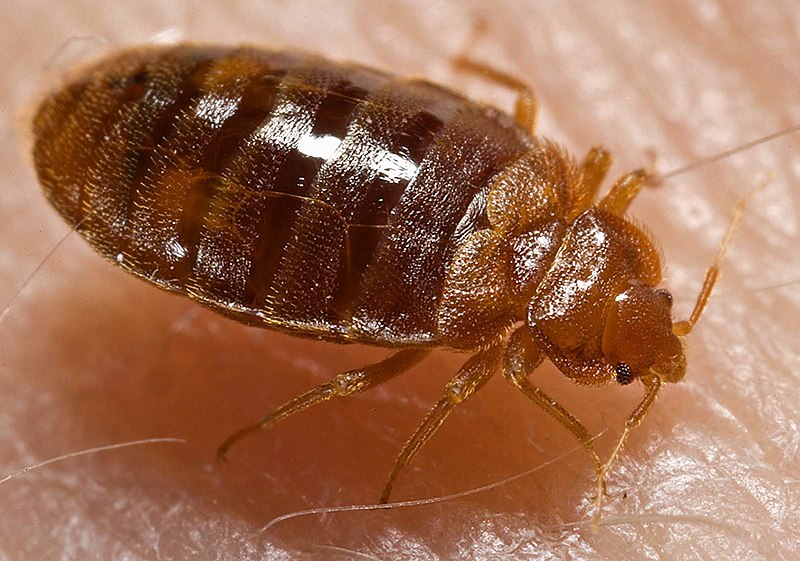Arkivo:Bed bug, Cimex lectularius.jpg

Grandeso de ica previdado: 800 x 561 pixels. Altra qualeso, en pixel-i: 320 x 224 pixels | 640 x 449 pixels | 1 024 x 718 pixels | 1 280 x 898 pixels | 1 600 x 1 122 pixels.
Arkivo originala (1 600 × 1 122 pixel-i, grandeso dil arkivo: 161 KB, MIME type: image/jpeg)
Historio dil arkivo
Kliktez sur la dato/horo por vidar arkivo quale ol aparis ye ta tempo.
| Dato/Horo | Miniaturo | Dimensioni | Uzero | Komento | |
|---|---|---|---|---|---|
| aktuala | 14:11, 17 di mayo. 2007 |  | 1 600 × 1 122 (161 KB) | Patho | == Summary == {{Information |Description=ID#: 9822 Description: This 2006 photograph depicted an oblique-dorsal view of a '''bed bug nymph, Cimex lectularius''', as it was in the process of ingesting a blood meal from the arm of a “voluntary” human h |
Ligilo al imajo
Ca pagini ligas al imajo:
Uzado en altra Wiki
La sequanta Wiki anke uzas ica arkivo:
- Uzado en af.wikipedia.org
- Uzado en an.wikipedia.org
- Uzado en ar.wikipedia.org
- Uzado en arz.wikipedia.org
- Uzado en ast.wikipedia.org
- Uzado en azb.wikipedia.org
- Uzado en be.wikipedia.org
- Uzado en bg.wikipedia.org
- Uzado en bjn.wikipedia.org
- Uzado en bn.wikipedia.org
- Uzado en bs.wikipedia.org
- Uzado en ca.wikipedia.org
- Uzado en ca.wiktionary.org
- Uzado en ceb.wikipedia.org
- Uzado en cs.wikipedia.org
- Uzado en cv.wikipedia.org
- Uzado en dag.wikipedia.org
- Uzado en de.wikibooks.org
- Uzado en din.wikipedia.org
- Uzado en el.wikipedia.org
- Uzado en eml.wikipedia.org
- Uzado en en.wikipedia.org
- Uzado en en.wikinews.org
- Uzado en en.wiktionary.org
Videz altra uzadi por ica artiklo.

